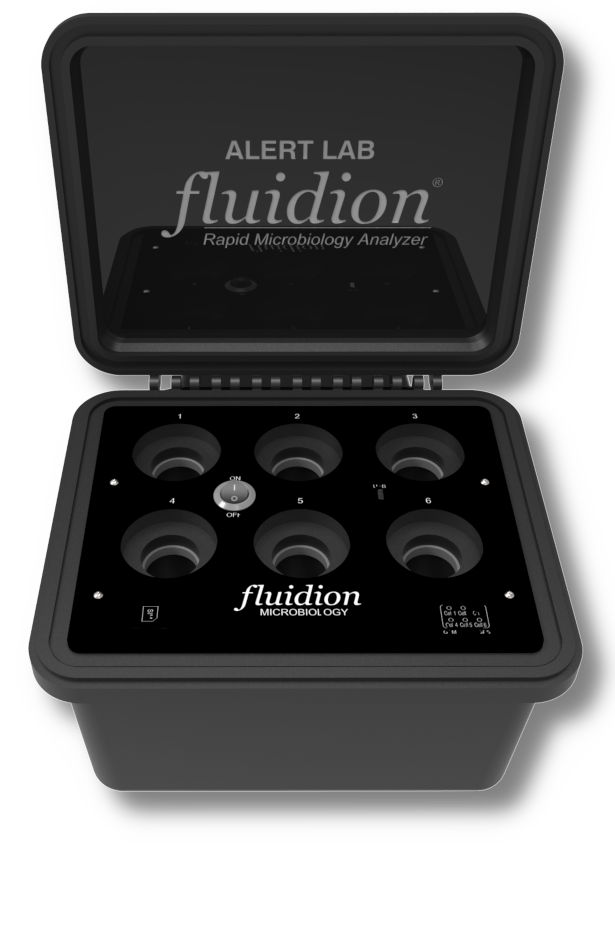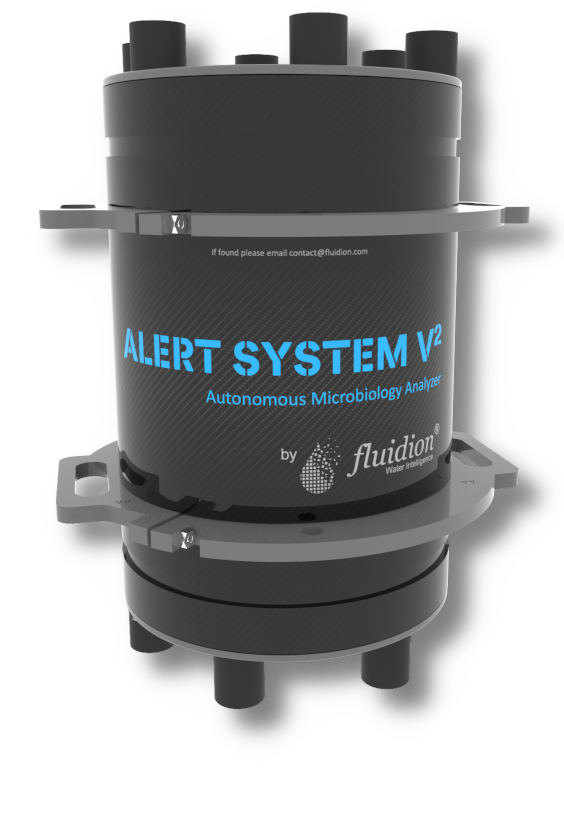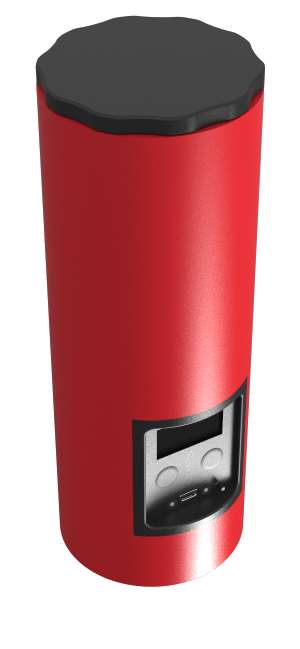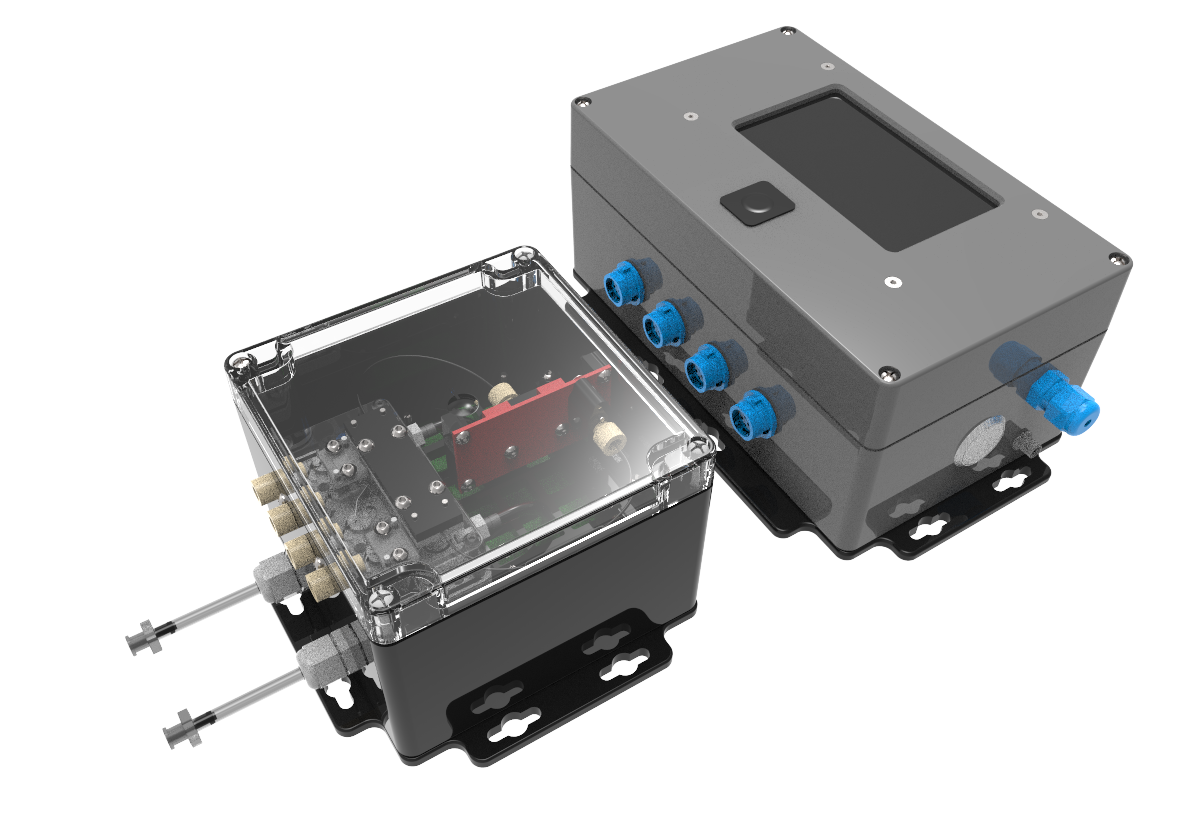
Digital Cities
Smart Cities - Digital Transformation - Urban Sustainability
In the contemporary urban landscape, the idea of a "Digital City" is rapidly evolving into a transformative paradigm. These digitally augmented cities integrate traditional infrastructure with the latest digital solutions, enhancing the quality of life for their inhabitants. Beyond merely adopting digital technologies, a Digital City innovates through enhanced water management, sustainable aquatic resources, and energy-efficient structures. Water stands as a cornerstone in the cities of tomorrow, rekindling a once-forgotten bond with the natural environment. IoT-connected autonomous digital water quality monitoring devices and intelligent infrastructure will pave the way for these future cities. This convergence of operational efficiency and sustainable urban living fosters environments that are not just habitable, but truly flourishing!
Urban Ecosystems
By 2050, 70% of the world's population is expected to live in cities, nearly doubling the current urban population. This rapid urbanization, combined with climate change and increasing water pollution worldwide, will place significant pressure on urban ecosystems and water infrastructure. Fluidion sensors enable the collection and analysis of water quality data in real-time, thus offering a valuable tool to manage the water supply, identify and address infrastructure issues promptly and efficiently, and protect urban aquatic ecosystems. Programs such as the EU-funded Digital-Water.City (DWC), which integrated Fluidion technology at the core, are leading the way by developing, testing, and implementing smart digital technologies into the integrated water management systems of major European cities such as Paris, Berlin, and Milan.
Digital Twins
A digital twin is a virtual representation of a physical object or system that can be used to monitor its performance, simulate its behavior, and predict its future performance. Fluidion's automated and IoT-connected analyzers contribute to providing the critical data required for creating accurate digital twins of water-related processes and assets. By modeling different processes on digital twins prior to actual implementation, combined with collecting a nd analyzing real-time data during actual deployment, utilities and municipalities can prevent failures, reduce downtime, improve operational efficiency, and reduce costs through process optimization. In a digital water world, our technology provides a critical element to protecting public health, ensuring the safety of drinking water, and sustainably managing water resources.





